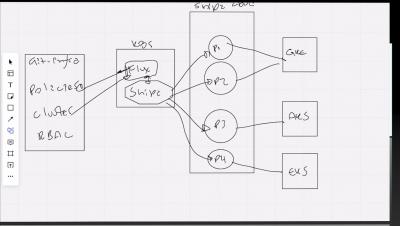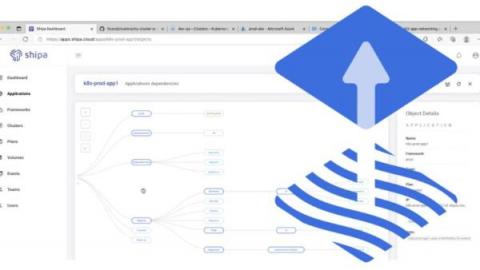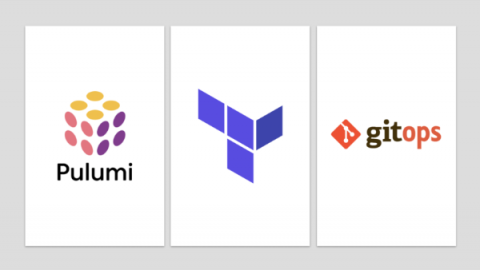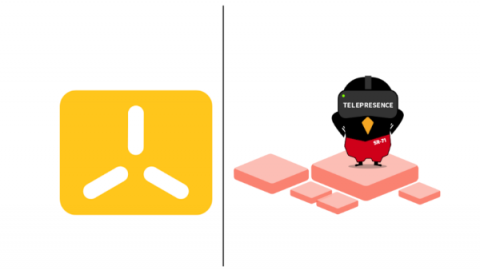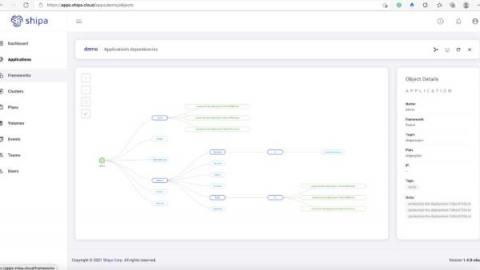Operations | Monitoring | ITSM | DevOps | Cloud
October 2021
FluxCD and GitOps for enterprises
FluxCD and GitOps in the Enterprise
Flux is a CNCF based open source stack of tools. Flux focuses on making it possible to keep Kubernetes clusters and cloud-native applications in sync with external resources and definitions hosted in environments such as GitHub. Implementing tools like FluxCD should enable you to achieve results such as: The results above can bring obvious benefits, and many teams are adopting FluxCD as their tool of choice for GitOps.
KubeCon Los Angeles 2021 Wrapup
After a week in sunny Southern California, KubeCon North America 2021 is a wrap in Los Angeles. For many of us, KubeCon was the first in-person event we have attended since the start of the pandemic. Though this year, KubeCon is a hybrid event even if you missed the in-person talks, you can still catch the virtual talks online. Compared to KubeCons of years gone by, the event has been scaled back slightly to respect social distancing and slowly easing folks back into in-person conferences.
From Terraform to GitOps to Pulumi
In a previous post, we talked about the increasing adoption of Platform Engineering teams. The post covered topics such as defining Platform Engineering and the roles and responsibilities of the team. When building an internal platform, a clear goal that many teams want to achieve is: Even though this is key to a successful platform team, this responsibility increases complexity, costs, support time, and more. Not to mention that this can be a long, very long journey.
Leveraging Your First GitOps Engine - Flux
Not to muddy the waters with one more prefix in front of ops, GitOps is a newer DevOps paradigm that slants towards the developer. As the names states, GitOps is focused around Git, the source code management tool. As a developer, leveraging an SCM is one of the quintessential tools of the trade; allowing for collaboration and more importantly saving your hard work off of your machine.
Local Shipa Deployment - k3d/s and Telepresence
Shipa can be deployed on most Kubernetes environments (EKS, GKE, AKS, OKE, Linode, minikube and so on). How about k3s? Let us try to deploy WordPress on k3s cluster using Shipa. We are going to use k3d to create a k3s Kubernetes cluster.
Application dashboard for FluxCD
Mapping FluxCD Applications
Flux is a CNCF based open source stack of tools. Flux focuses on making it possible to keep Kubernetes clusters and cloud-native applications in sync with external resources and definitions hosted in environments such as GitHub. Implementing tools like FluxCD should enable you to achieve results such as: The results above can bring obvious benefits, and many teams are adopting FluxCD as their tool of choice for GitOps.
Your First Shipa Cloud Deployment in 5 Minutes
Your First Shipa Cloud Deployment
After registering for Shipa Cloud or installing Shipa on your own infrastructure, you are now ready to deploy your first application. The beauty of Shipa is that in the spectrum of source code to a built image, Shipa can help you get these applications into the wild.
Building a successful Platform Engineering team
We see an increase in the number of companies building internal platform engineering teams. With this increase, we have seen some successful and some not-so-successful approaches. The goal of this article is to go through some of the practices we see out there.



